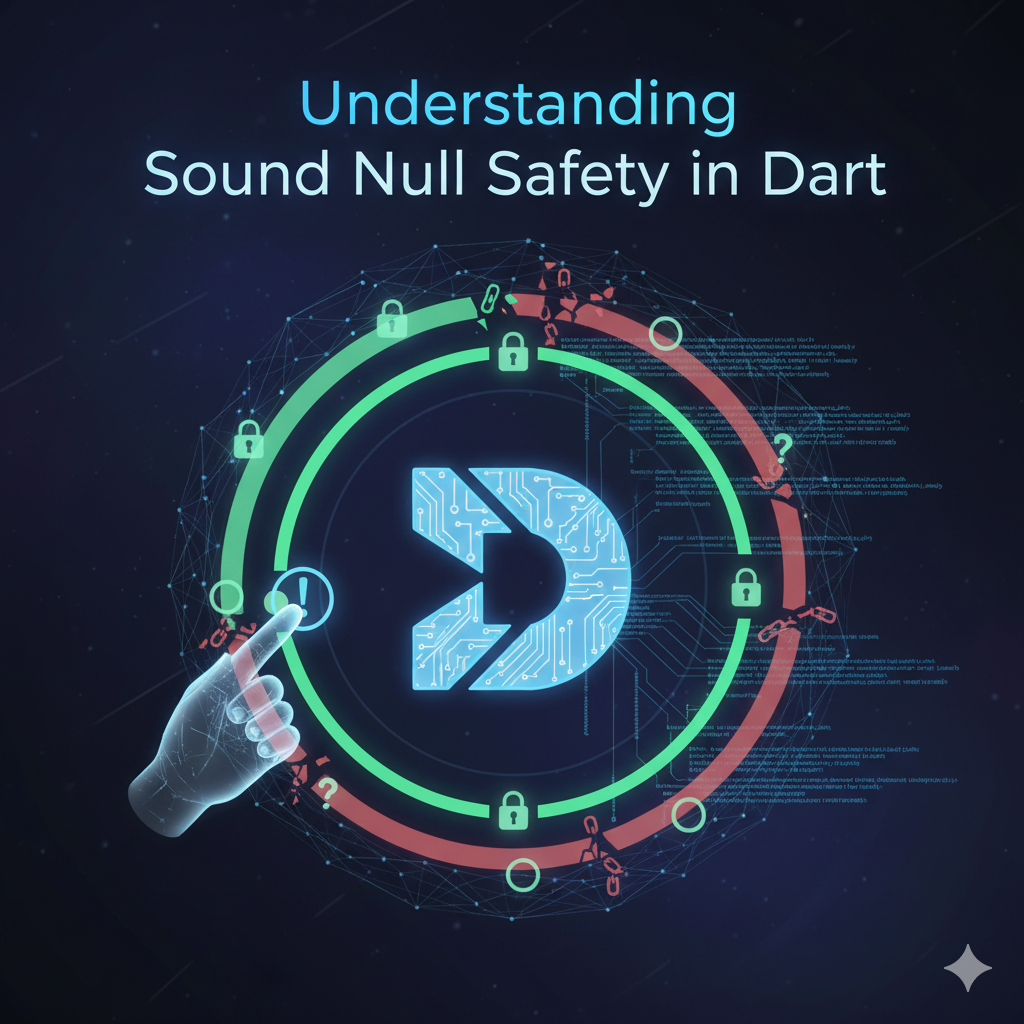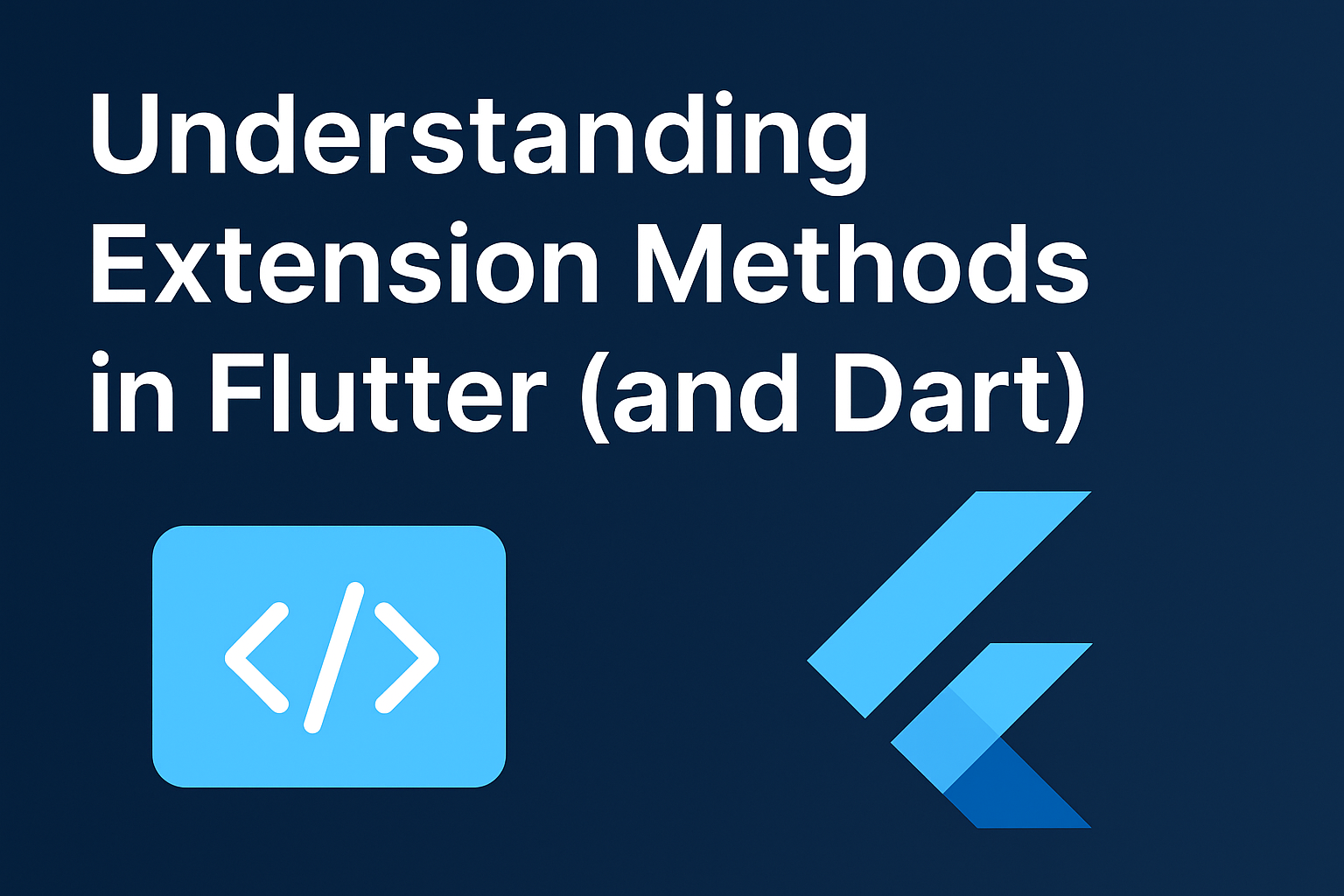Null safety is one of the most significant improvements introduced in Dart. It helps developers write more reliable and error-free code by eliminating a common source of bugs — null reference errors.
What is Null Safety?
In programming, a null reference occurs when a variable that should contain an object instead contains “nothing” (null). Attempting to access a property or call a method on a null value results in a runtime error. Dart’s null safety feature prevents such situations by distinguishing between nullable and non-nullable types at compile time.
Nullable vs. Non-Nullable Types
In Dart, every variable must either be nullable or non-nullable:
-
Non-nullable variables must always contain a valid value
int a = 10; // cannot be null
If you try to assign null to a, the compiler will throw an error.
-
Nullable variables are explicitly declared with a question mark
?after the type.
int? b; // can be null or an integer
This clear distinction allows the compiler to enforce null safety rules and catch potential null errors before the program runs.
The Benefits of Sound Null Safety
Dart’s null safety is sound, meaning that if your program compiles without null safety errors, it is guaranteed not to encounter unexpected null dereferences at runtime. This reliability brings multiple advantages:
-
Fewer runtime crashes — Potential null errors are caught during development.
-
Cleaner code — Developers are encouraged to think about variable initialization.
-
Better performance — Since the compiler can assume certain variables are always non-null, it can optimize memory and execution.
Using Late Variables
Sometimes, you cannot initialize a variable immediately but still want it to be non-nullable. In such cases, Dart provides the late keyword:
</pre>
late String username;
void initialize() {
username = 'Alice';
}
<pre>
The late modifier tells the compiler that the variable will be assigned a value before it’s used, ensuring null safety without immediate initialization.
Migrating to Null Safety
If you are upgrading an existing Dart project, the Dart migration tool can help you move to null safety gradually. It analyzes your code, highlights potential issues, and suggests type annotations.
Conclusion
Sound null safety makes Dart more robust and predictable. By catching null-related errors at compile time, it helps developers write safer, more maintainable applications. This feature aligns Dart with modern programming practices and enhances its suitability for building large-scale, reliable Flutter and server-side projects.


